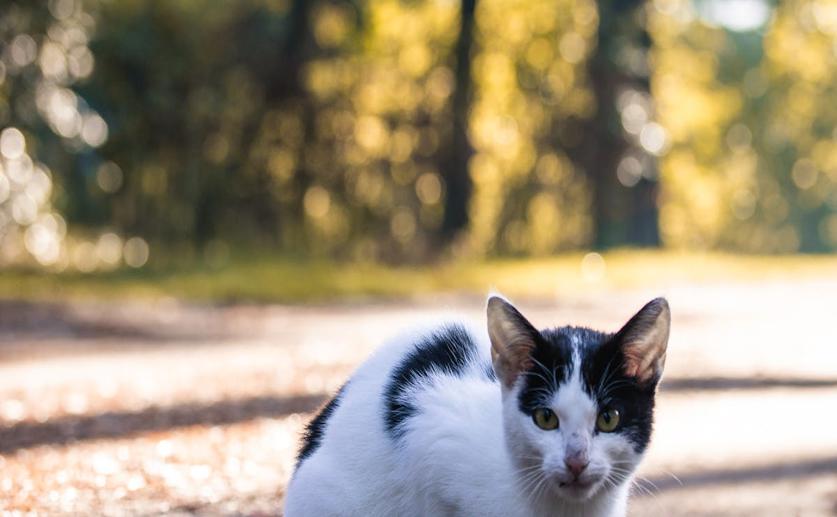
Study Finds Optimal Catnip Oil Dosage for Effective Anesthesia
Jim Crocker
28th May, 2024

Image Source: Annelies Brouw (photographer)
Key Findings
- The study by the Federal University of Pará evaluated the anesthetic effects of Nepeta Cataria essential oil (EON) on juvenile tambaqui fish
- EON effectively induced anesthesia in tambaqui at concentrations between 125 and 200 μL L-1
- Higher concentrations of EON (175 and 200 μL L-1) caused changes in heart activity, including slower heart rates and altered ECG waveforms
- The recommended safe concentration range for EON is 125 to 150 μL L-1, balancing effective anesthesia with minimal cardiac risks
References
Main Study
1) Behavioral and electrophysiological study in Colossoma macropomum treated with different concentrations of Nepeta cataria oil in an immersion bath revealed a therapeutic window for anesthesia.
Published 27th May, 2024
https://doi.org/10.1007/s10695-024-01361-2
Related Studies
2) Anesthetic Efficiency of Three Medicinal Plant Oils for Aquatic Species: Coriander Coriandrum sativum, Linaloe Tree Bursera delpechiana, and Lavender Lavandula hybrida.
3) Establishing a safe anesthesia concentration window for Nile tilapia (Oreochromis niloticus) (Linnaeus 1758) by monitoring cardiac activity in eugenol immersion baths.
4) Temperature increase and its effects on fish stress physiology in the context of global warming.



 14th May, 2024 | Greg Howard
14th May, 2024 | Greg Howard